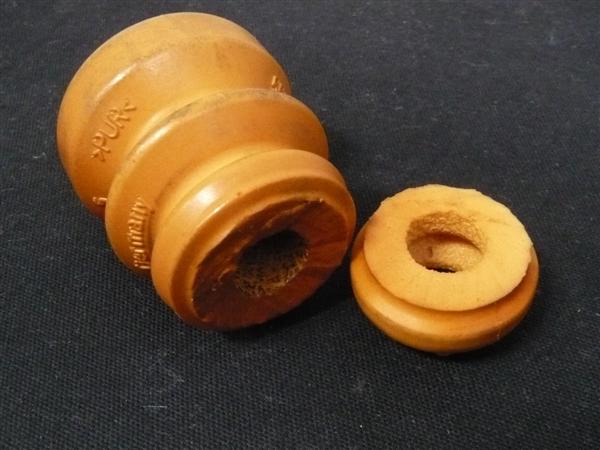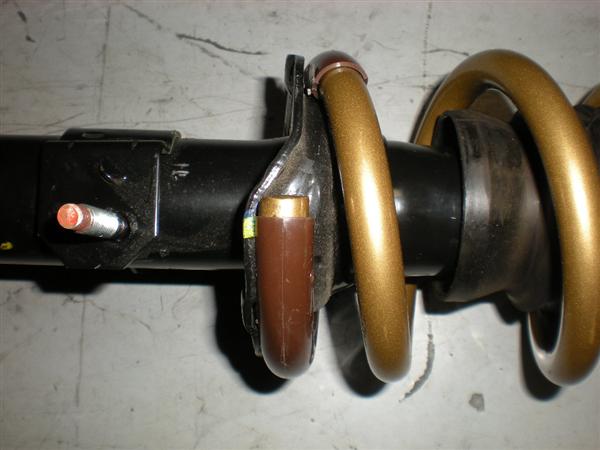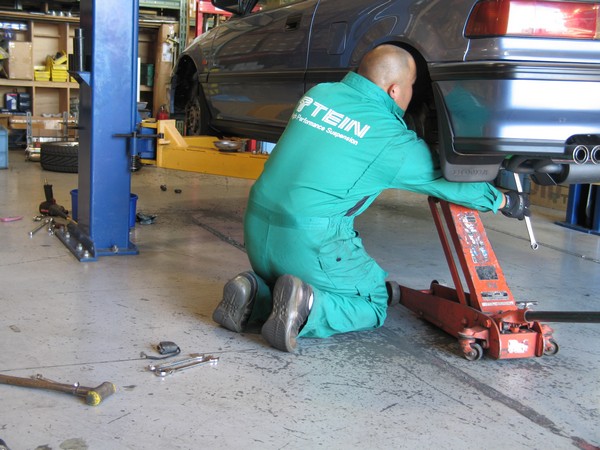Many people assume that our S. Tech and High.Tech lowering springs do not need any special attention when being installed but that is incorrect.
Here are some tips to ensure your vehicle reaches the intended ride height and driving characteristics.
Note: we test fit and test drive all applications on OEM vehicles. So if your vehicle has an added turbo kit, audio system, heavy body kit, motor swap, basically anything that significantly adds or reduces weight you may not achieve the same results as from our testing.
Bump Rubber – needs to be modified as shown in our instructions. If the bump rubber is not modified as needed the ride height may not reach advertised drop and ride quality may be deminished due to lack of shock absorber stroke.
The OE bump rubbers may need to be trimmed to allow maximum stroke of the shock absorber in conjunction with the S.Tech or High.Tech lowering springs.
Spring Placement – placement needs to be the same as OEM. Front springs have a “F” in the beginning of the part number while rear springs have “R”. The part number should also be right side up. If the springs are not mounted correctly within the shock absorber perch or on the wrong side/ wrong shock ride height/ performance/ comfort can be greatly affected. Also check the OE rubber spring seats to insure they are positioned correctly as they shift during installation causing the ride height to be off. Certain applications do not require the use of OE rubber spring seats or rubber insulator on the lowering spring if the TEIN Silencer Rubber is included on the areas which would sit on the lower or upper spring seats.
The photo illustrates a High-Tech spring lined up correctly with the OE shock absorber.
Aftermarket Replacement Shock Absorbers – can be different in design causing the ride height to be higher or lower than advertised. Always use OE, or OE replacement shock absorbers to avoid any ride height or fitment issues. TEIN lowering springs are designed and developed to be used with OE shocks/struts.
Suspension Preload – During installation the suspension components should be tightened when the suspension has load. If not done correctly the ride height may be affected. This is especially important on multi-link suspension setups. Rubber or Poly bushings located in the suspension arms should be tightened when the arm is at its normal position which is when the car is on the ground. A lot of people tighten the suspension while at full droop (when the car is off the ground and suspension is hanging). Once the vehicle is placed back on the ground, the bushings twist and can cause a difference in ride height.
In this picture the car is off the ground and the suspension is preloaded by the floor jack. This sets all the rear left suspension components to their normal position and then all bolts are tightened.
We recommend a TEIN Authorized Dealer for installation and an alignment about a week after installation. You can find a complete list of TEIN Authorized Dealer HERE.



